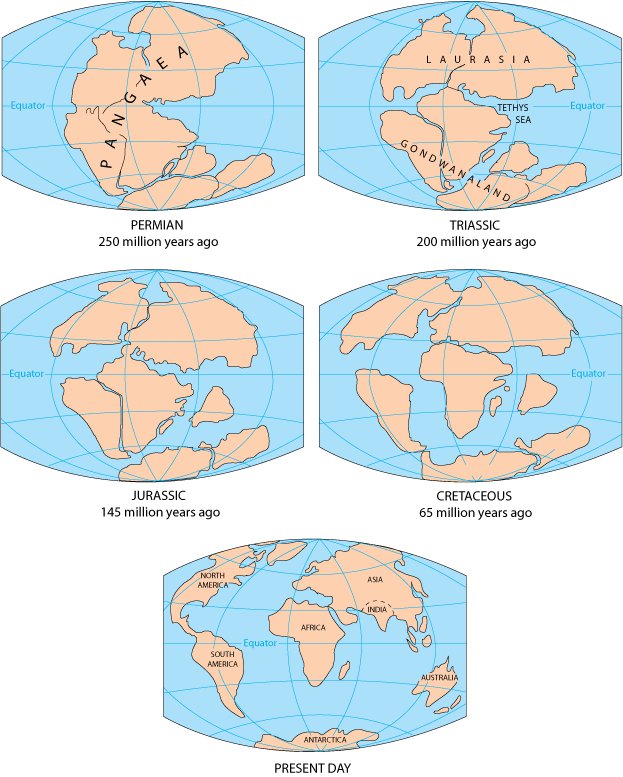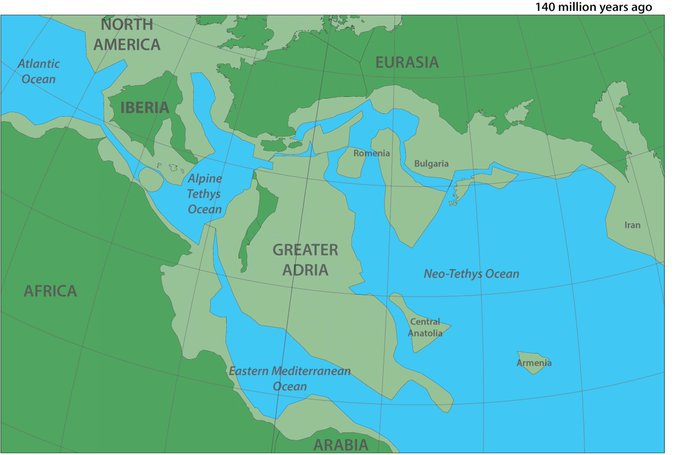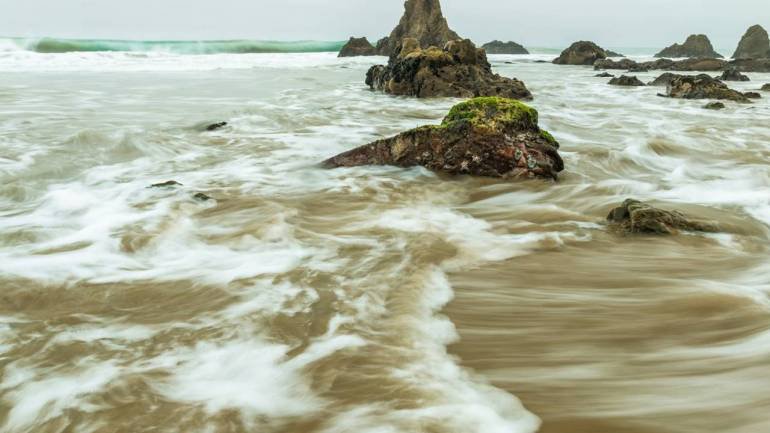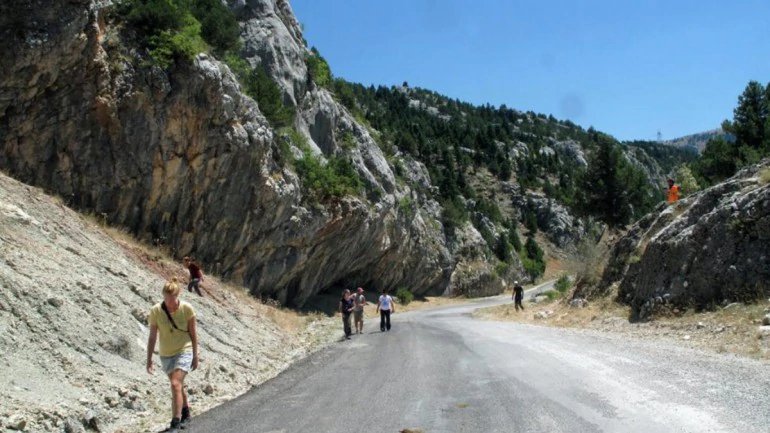The world as we know today has 7 continents. But this was not the scene some 300 million years ago.
The entire landmass of the Earth was joined into one supercontinent – Pangea. Around 200 million years ago, this landmass began to break up. It split into two parts – Laurasia and Gondwana.

Gradually, the Laurasia split into Europe, Asia, and North America and the Gondwana split into Africa, Antarctica, South America and Australia. But recent research suggests that there was a fifth part of the Gondwana too.
According to latest reports, scientists have discovered the fifth continent born out of the Gondwanaland and they have named it as Greater Adria.

According to a study published last week, a landmass the size of Greenland was pushed underneath Southern Europe about 100 million years ago.

It took us almost 100 millions years to discover this continent because most of it was submerged under water.
Later, when its top part was scraped off, the rest of the continent became the foundation of most of the mountain ranges in present Europe. This includes mountain belts of the Apennines, parts of the Alps, the Balkans, Greece and Turkey.

Talking to Business Insider, Douwe van Hinsbergen, the lead author of this study explained how this fifth continent that separated from the Gondwana got shoved underneath Europe. He said:
“Suppose you have a sweater on. As you push your arm under the table, the sweater sleeve stays behind, getting folded and jutting upward. This folded sleeve formed the mountains.”
Reconstructions of our planet’s geologic history can help countries and companies looking to mine valuable mineral deposits. pic.twitter.com/BkAutu11hQ
— Business Insider India🇮🇳 (@BiIndia) September 24, 2019
Experts believe that this study and its findings will open new avenues in exploration of mineral deposits and understanding our earth’s geological past.

















